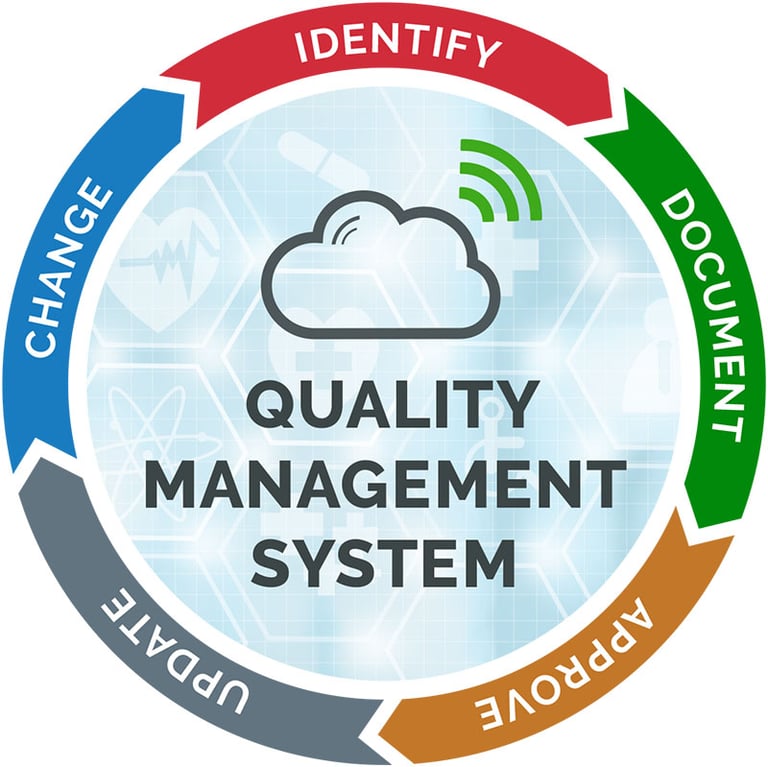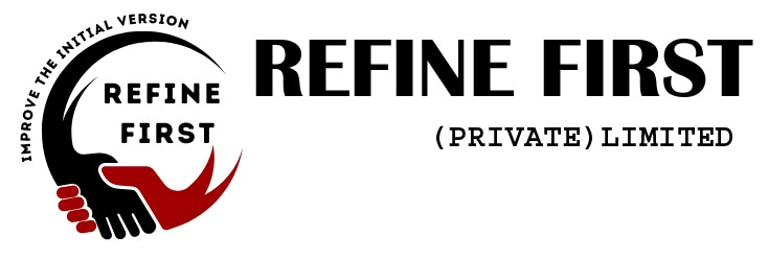QUALITY MANAGEMENT SYSTEM
Overview of a Quality Management Audit:
Objective:
To evaluate the effectiveness of an organization's quality management system (QMS) and identify areas for improvement.
Key Components:
1. Audit Scope: Defining the scope of the audit, including processes and departments to be audited.
2. Audit Criteria: Evaluating the QMS against established standards, regulations, and industry best practices.
3. Data Collection: Gathering evidence through document reviews, interviews, and observations.
4. Audit Findings: Identifying areas of conformity and nonconformity, and opportunities for improvement.
Benefits:
1. Improved QMS: Enhanced quality management systems and processes.
2. Increased Efficiency: Streamlined processes and reduced waste.
3. Compliance: Ensured compliance with regulatory requirements and standards.
4. Continuous Improvement: Opportunities for ongoing improvement and optimization.
Audit Outcomes:
1. Conformity: QMS meets requirements and standards.
2. Nonconformity: QMS does not meet requirements and standards.
3. Opportunities for Improvement: Areas for improvement and optimization.


